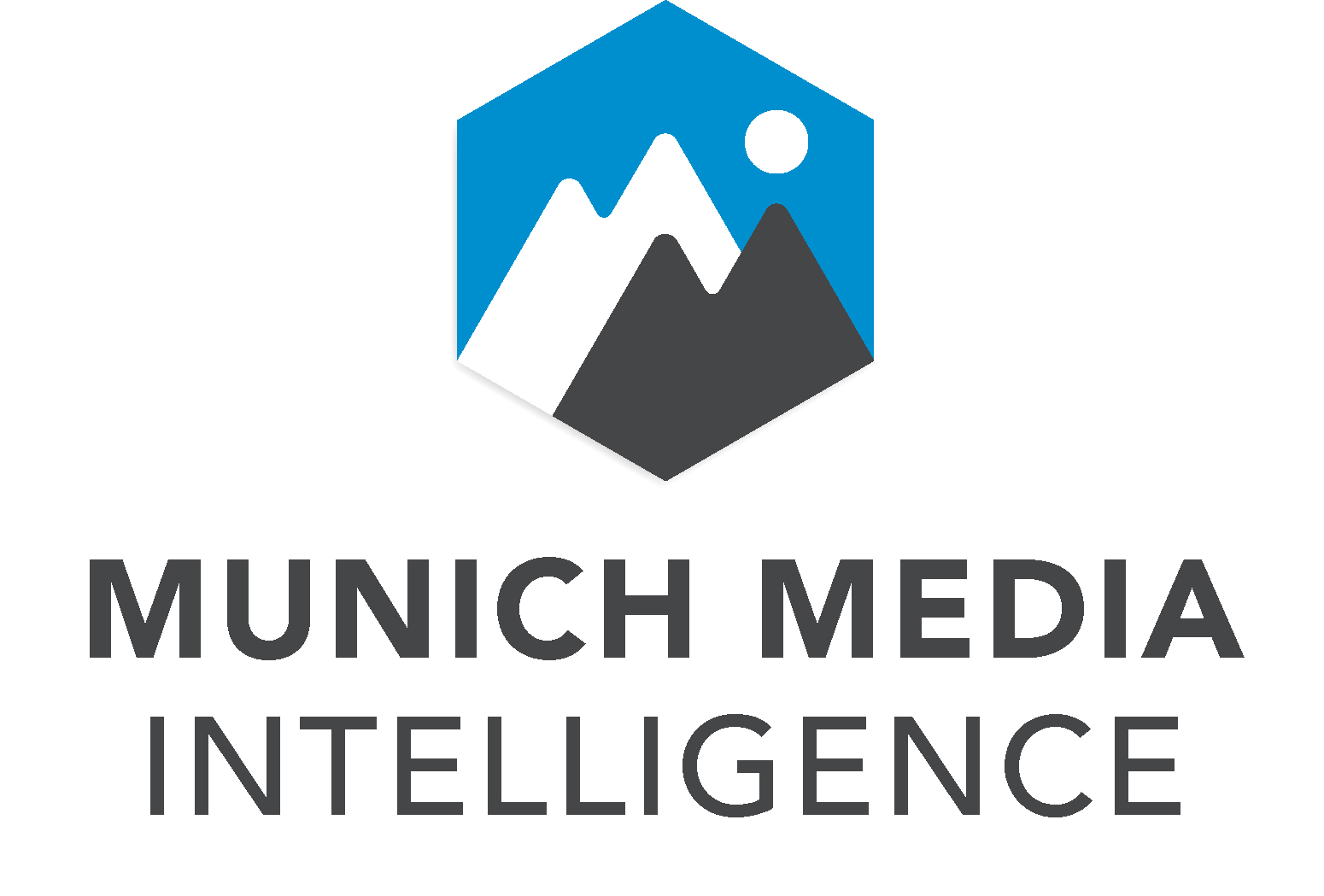

THE DYNAMIC HDR OPTIMIZER
AI powered dynamic
HDR ⇔ SDR
up-, down- and crossconversion
SDR ⇒ HDR Upconversion (with AI)


Standard Conversion

Limited brightness and grayish shadows
CONTRAST RANGE
Sparkling highlights and deep shadows
Flat colored surfaces
COLORS
Recreating vividness and gradations
Static function or only per frame
CONTENT ADAPTIVE
AI powered adaption within image regions
More info
LUMAGIC redefines SDR-to-HDR upconversion with real-time, content-adaptive image enhancement powered by AI. The system analyzes every region within the frame, intelligently expanding contrast and luminance to reveal sparkling highlights and deep, natural shadows without exaggeration or artifacts.
Instead of static tone expansion, LUMAGIC applies dynamic exposure mapping and perceptual color reconstruction to recreate the vividness and fine gradations of true HDR content. Colors gain depth and realism, while skin tones and midtones remain stable and filmic.
Through its unified processing pipeline, LUMAGIC restores depth, brilliance, and vibrancy — transforming standard SDR footage into a visually rich HDR experience.
In short: a real-time, AI-powered SDR-to-HDR upconversion that combines precision with aesthetic fidelity, delivering lifelike brightness, smooth contrast, and authentic color harmony.
CONTRAST RANGE
STANDARD CONVERSION:
Limited brightness and grayish shadows
LUMAGIC:
Sparkling highlights and deep shadows
COLORS
STANDARD CONVERSION:
Flat colored surfaces
LUMAGIC:
Recreating vividness and gradations
CONTENT ADAPTIVE
STANDARD CONVERSION:
Static function or only per frame
LUMAGIC:
AI powered adaption within image regions
HDR ⇒ SDR Downconversion


Standard Conversion

Can only preserve highlights or shadows
CONTRAST RANGE
Preserve highlights and shadows at the same time
Hue shifts or fading saturation
COLORS
Constant color impression
Static function or only per frame
CONTENT ADAPTIVE
Adaptiv within image regions
More info
Lumagic performs HDR-to-SDR downconversion in real time. The incoming HDR signal is continuously analyzed to enable adaptive exposure and color transformation, ensuring both technical precision and visual consistency.
Over- and underexposed regions are intelligently corrected through dynamic tone mapping, highlight and shadow recovery, and real-time luminance analysis. Instead of requiring separate workflows for conversion and grading, LUMAGIC integrates both processes into a single unified processing pass.
Through non-linear luminance compression and perceptual color remapping, highlight details are preserved while shadow regions are lifted with subtle gradation and minimized noise amplification. The result is a naturally balanced, filmic image with stable skin tones, smooth contrast transitions, and full color fidelity.
In short: a precise real-time HDR-to-SDR downconversion combined with automatic color correction, eliminating burnt-out highlights and crushed blacks, while ensuring every frame displays with maximum visual integrity.
CONTRAST RANGE
STANDARD CONVERSION:
Can only preserve highlights or shadows
LUMAGIC:
Preserve highlights and shadows at the same time
COLORS
STANDARD CONVERSION:
Hue shifts or fading saturation
LUMAGIC:
Constant color impression
CONTENT ADAPTIVE
STANDARD CONVERSION:
Static function or only per frame
LUMAGIC:
Adaptiv within image regions
Our Products

LUMAGIC Plugin
for DaVinci Resolve:
Use LUMAGIC’s HDR conversions (AI-powered upconversion) in your production workflow within DaVinci Resolve, the professional post-production suite by Blackmagic Design.
Automatically generate the missing SDR or HDR version while optimizing color, contrast, and tone in real time.

LUMAGIC
as Standalone Application:
Integrate LUMAGIC into your file-based workflows to automatically optimize and convert your SDR and HDR material.
Use interfaces to seamlessly embed LUMAGIC into your existing system environment for reliable, real-time color and tone optimization across formats.

Award-Winning Innovation
The Enhanced Video Imaging (EVI) research project at RheinMain University of Applied Sciences received the prestigious “Product of the Year Award” at the 2019 NAB Show in Las Vegas. The project impressed the jury with its groundbreaking technology for real-time image optimization, setting new standards for video production quality. Building on this international recognition, EVI laid the foundation for the development of LUMAGIC, the market-ready solution for intelligent image enhancement in media production.
CONVERSIONS
- HDR to SDR
DOWNconversion
- HDR to HDR
CROSSconversion
- SDR to HDR
UPconversion
MAPPING TECHNIQUES
- Direct Mapping
- Static Tonemapping
- Dynamic Global Tonemapping
- Dynamic Local Tonemapping
BT.2408 SUPPORT
- Display Light
- Scene Light
- Round Tripping
COLORIMETRY
- Rec. 601
- Rec. 709
- Rec. 2020
- DCI-P3
- ACES
- Wide Gamut 3 and 4 (ARRI)
- Cinema Gamut (Canon)
- V-Gamut (Panasonic)
- Wide Gamut (RED)
- S-Gamut (Sony)
TRANSFER FUNCTIONS
- Rec. 709
- HLG
- PQ (SMPTE)
- PQ (BT.2100)
- LogC3 & LogC4 (ARRI)
- Log 2 (Canon)
- V-Log (Panasonic)
- Log3G10 (RED)
- S-Log3 (Sony)
- L-Log (Leica)
- linear
SUPPORTED FORMATS
- SDI (live)
- or file-based processing
up to 8K
